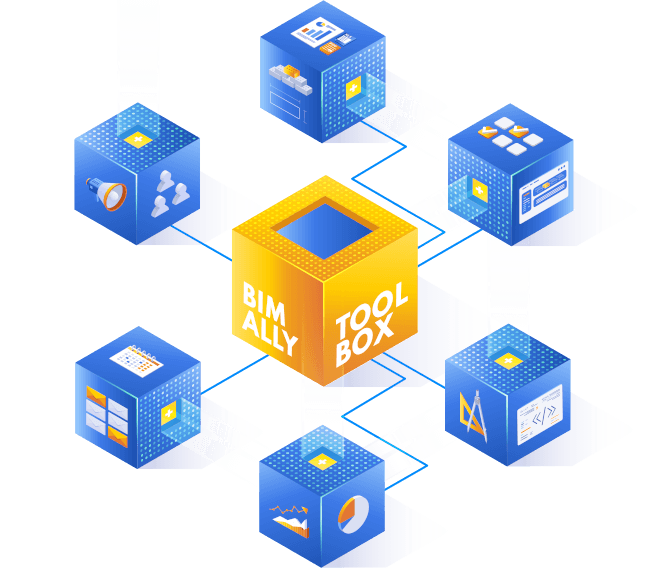The Fourth Dimension of BIM – what is 4D simulation all about?

BIM (Building Information Modeling) technology brings many revolutionary solutions that change the way we design, build and manage real estate. One such advanced aspect is 4D simulation, which introduces a “fourth dimension” to building information modeling.
In this article, we will take a look at what exactly 4D simulation is all about and what benefits it brings to the construction industry.
What is 4D simulation in BIM technology?
4D simulation is a combination of building information modeling (BIM) with a time aspect. This means that we not only create a three-dimensional model of the building, but also add a fourth dimension that represents time. Thanks to this, we can create a real-time visualization of the construction process, which allows for accurate planning of the work schedule, identification of potential delays and optimization of project management.
4D simulation uses data from the BIM model and integrates it with the construction schedule, which allows for a virtual representation of the construction process. We can see how individual elements of the project evolve over time, what dependencies exist between them and what are the expected completion dates for individual stages.
Benefits of 4D simulation
4D simulation brings many benefits to the construction process. Here are some of the most important:
- Accurate schedule planning: With 4D simulation, project managers can better understand what construction stages are occurring at a given time. This allows you to precisely plan the work schedule, avoiding conflicts and delays.
- Early detection of problems: 4D simulation enables early detection of potential problems, such as collisions between design elements or time constraints. This allows you to react quickly and avoid costly corrections at a later stage of construction.
- Better collaboration and communication: Visualizing the construction process facilitates communication between various project participants. Everyone can easily understand the progress and plans for the future.
- Resource optimization: 4D simulation allows for better management of resources such as people, machines and materials. This allows you to optimize costs and increase project efficiency.
Examples of using 4D simulation

4D simulation is used to implement various construction projects. Here are some examples of its use:
- Construction of residential complexes: Visualization of the work schedule allows investors and residents to get a clear picture of the work progress and plans for the future.
- Road infrastructure and bridges: 4D simulation is used to plan the construction of roads and bridges, which allows for optimizing road traffic and minimizing disruptions.
- Industrial facilities: In the case of large industrial facilities, such as power plants or chemical plants, 4D simulation is invaluable for planning complex construction processes consisting of several stages or involving subsequent expansion and reconstruction.
Summary
4D simulation is the next step in the development of BIM technology and contributes to increasing the efficiency and quality of construction projects. By taking into account the time aspect, we can better manage projects, avoid problems and achieve better results. 4D simulation is a tool that is becoming more and more popular in the construction industry and has great potential for further development. For everyone involved in design and construction, it is worth considering its use to achieve better results and increase competitiveness on the market.

BIM ALLY TOOLBOX will equip your company with tools and services, thanks to which you will be able to effectively manage cooperation with both current and newly acquired designers.